
How to Use MAX30102: Examples, Pinouts, and Specs
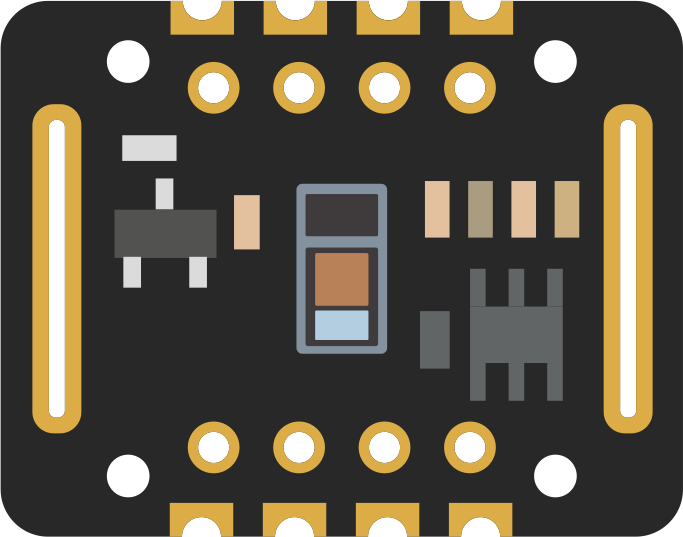
 Design with MAX30102 in Cirkit Designer
Design with MAX30102 in Cirkit DesignerIntroduction
The MAX30102 is a pulse oximeter and heart-rate sensor designed for non-invasive health monitoring applications. It utilizes photoplethysmography (PPG) technology to measure blood oxygen saturation (SpO2) and heart rate. The sensor integrates red and infrared LEDs, a photodetector, optical elements, and low-noise electronics in a compact package, making it ideal for wearable devices, fitness trackers, and medical monitoring systems.
Explore Projects Built with MAX30102
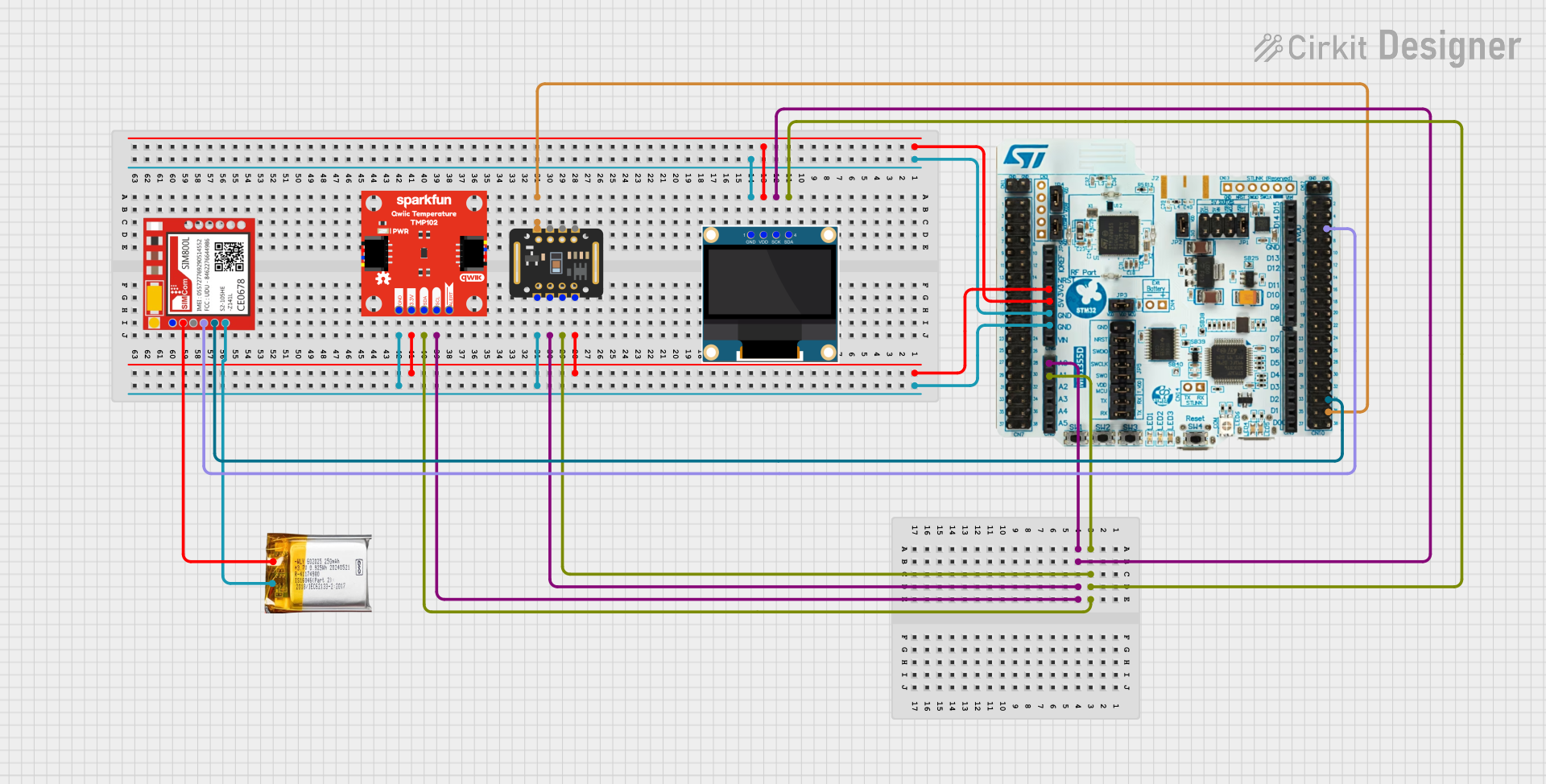
 Open Project in Cirkit Designer
Open Project in Cirkit Designer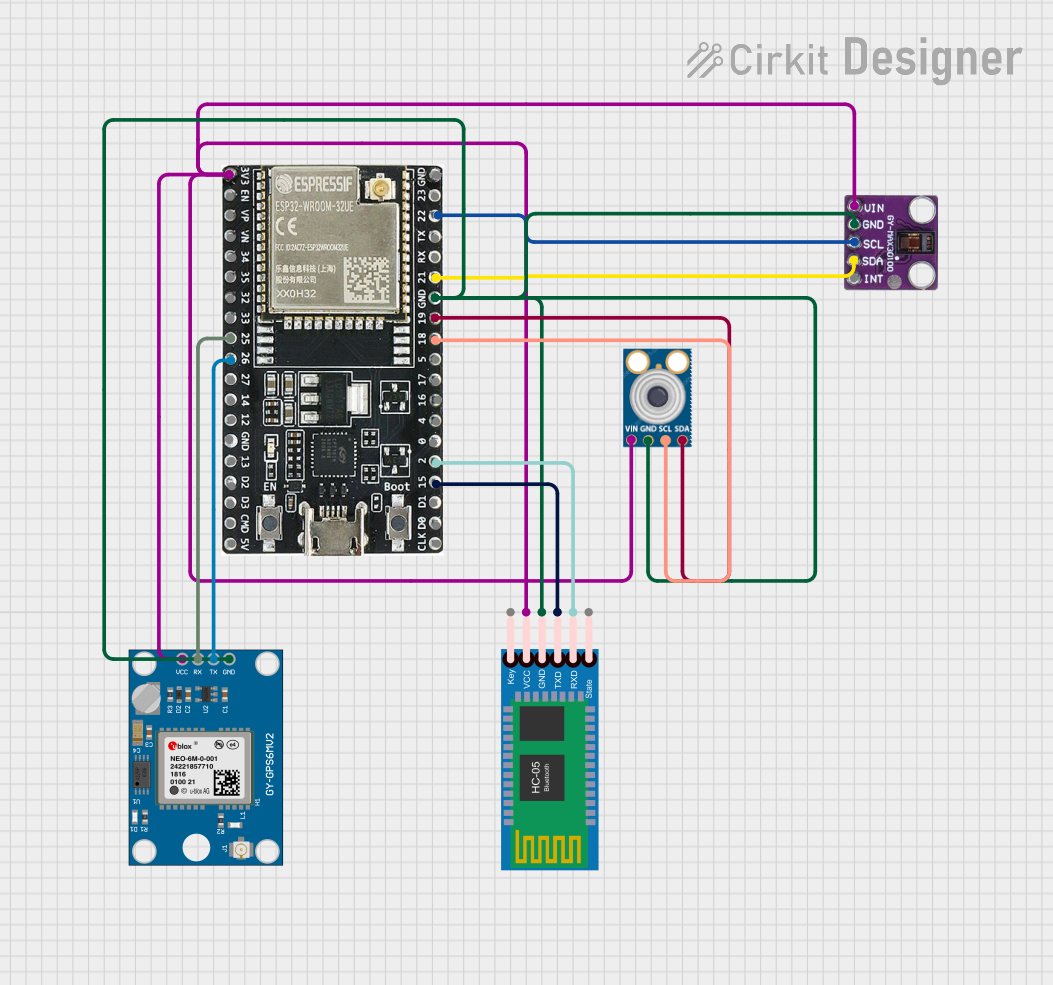
 Open Project in Cirkit Designer
Open Project in Cirkit Designer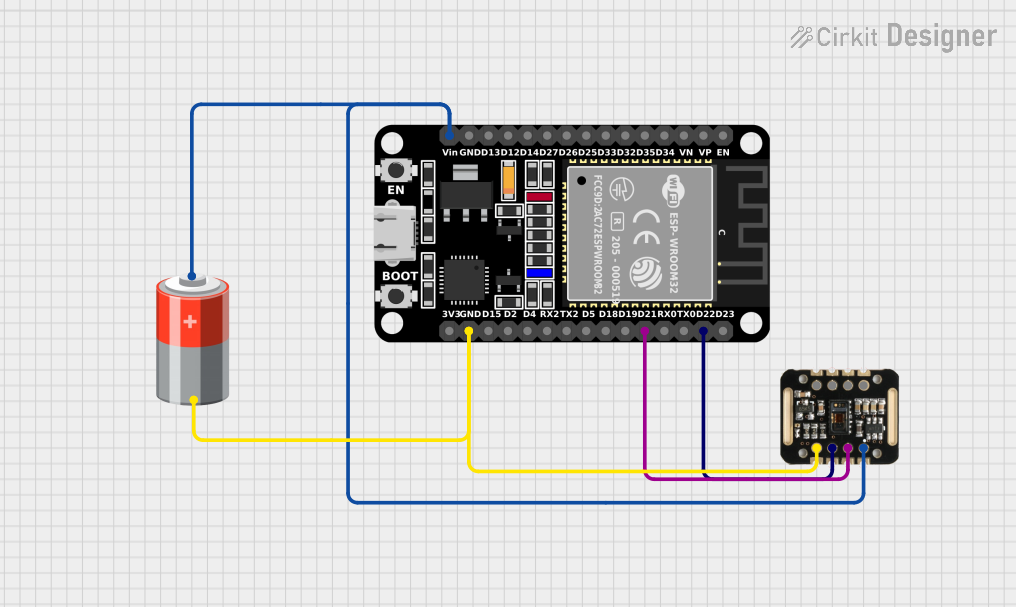
 Open Project in Cirkit Designer
Open Project in Cirkit Designer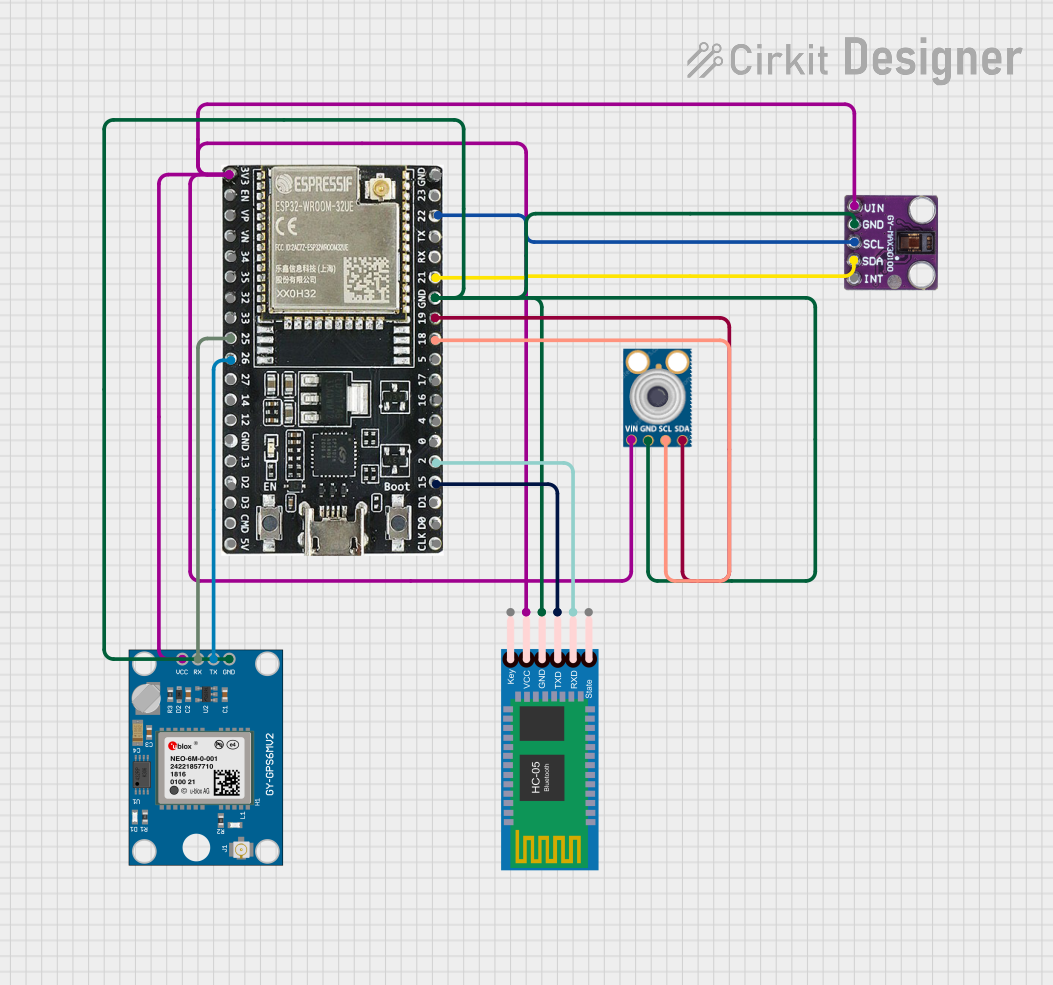
 Open Project in Cirkit Designer
Open Project in Cirkit DesignerExplore Projects Built with MAX30102

 Open Project in Cirkit Designer
Open Project in Cirkit Designer
 Open Project in Cirkit Designer
Open Project in Cirkit Designer
 Open Project in Cirkit Designer
Open Project in Cirkit Designer
 Open Project in Cirkit Designer
Open Project in Cirkit DesignerCommon Applications
- Wearable health monitoring devices
- Fitness trackers
- Medical-grade pulse oximeters
- Remote patient monitoring systems
- IoT-based health solutions
Technical Specifications
The MAX30102 is a highly integrated sensor with the following key specifications:
| Parameter | Value |
|---|---|
| Operating Voltage | 1.8V (core) and 3.3V (LEDs) |
| Current Consumption | 600 µA (typical, during active operation) |
| LED Wavelengths | Red: 660 nm, Infrared: 880 nm |
| Communication Interface | I2C (7-bit address: 0x57) |
| Sampling Rate | Programmable (up to 1000 samples per second) |
| Operating Temperature Range | -40°C to +85°C |
| Package Dimensions | 5.6 mm x 3.3 mm x 1.55 mm |
Pin Configuration and Descriptions
The MAX30102 has 8 pins, as described in the table below:
| Pin Name | Pin Number | Description |
|---|---|---|
| VIN | 1 | Power supply input (1.8V or 3.3V) |
| GND | 2 | Ground |
| SDA | 3 | I2C data line |
| SCL | 4 | I2C clock line |
| INT | 5 | Interrupt output (active low) |
| RD1 | 6 | Red LED cathode (internally connected) |
| IRD1 | 7 | Infrared LED cathode (internally connected) |
| NC | 8 | No connection |
Usage Instructions
How to Use the MAX30102 in a Circuit
- Power Supply: Connect the VIN pin to a 1.8V or 3.3V power source and the GND pin to ground.
- I2C Communication: Connect the SDA and SCL pins to the corresponding I2C pins on your microcontroller. Use pull-up resistors (typically 4.7 kΩ) on both lines.
- Interrupt Pin: Optionally, connect the INT pin to a GPIO pin on your microcontroller to handle interrupts.
- LED Control: The red and infrared LEDs are internally connected and controlled by the MAX30102 firmware.
Important Considerations
- Ambient Light: Minimize ambient light interference by enclosing the sensor in a dark housing.
- Placement: Ensure proper skin contact for accurate readings. The sensor should be placed on a fingertip or earlobe for best results.
- Power Management: Use low-power modes when the sensor is idle to conserve energy in battery-powered applications.
Example Code for Arduino UNO
Below is an example of how to interface the MAX30102 with an Arduino UNO to read heart rate and SpO2 data:
#include <Wire.h>
#include "MAX30105.h" // Include the MAX30102 library
MAX30105 particleSensor; // Create an instance of the sensor
void setup() {
Serial.begin(9600); // Initialize serial communication
Serial.println("Initializing MAX30102...");
// Initialize the sensor
if (!particleSensor.begin()) {
Serial.println("MAX30102 not detected. Check connections.");
while (1); // Halt execution if the sensor is not found
}
// Configure the sensor
particleSensor.setup(); // Default settings
particleSensor.setPulseAmplitudeRed(0x0A); // Set red LED brightness
particleSensor.setPulseAmplitudeIR(0x0A); // Set IR LED brightness
}
void loop() {
// Read data from the sensor
long redValue = particleSensor.getRed(); // Red LED value
long irValue = particleSensor.getIR(); // IR LED value
// Print the values to the serial monitor
Serial.print("Red: ");
Serial.print(redValue);
Serial.print(" IR: ");
Serial.println(irValue);
delay(100); // Delay for stability
}
Notes:
- Install the SparkFun MAX3010x Pulse Oximeter and Heart Rate Sensor Library from the Arduino Library Manager before running the code.
- Adjust the LED brightness and sampling rate as needed for your application.
Troubleshooting and FAQs
Common Issues
Sensor Not Detected:
- Ensure the I2C connections (SDA, SCL) are correct.
- Verify that the I2C pull-up resistors are in place.
- Check the sensor's power supply voltage.
Inaccurate Readings:
- Ensure proper skin contact with the sensor.
- Minimize ambient light interference by using a dark enclosure.
- Verify that the LED brightness is appropriately configured.
No Data Output:
- Confirm that the correct I2C address (0x57) is being used.
- Check the interrupt pin connection if interrupts are enabled.
Tips for Troubleshooting
- Use an I2C scanner sketch to verify the sensor's address.
- Monitor the power supply voltage to ensure it is stable.
- Test the sensor with a known working microcontroller to rule out hardware issues.
By following this documentation, you should be able to successfully integrate and use the MAX30102 in your projects.